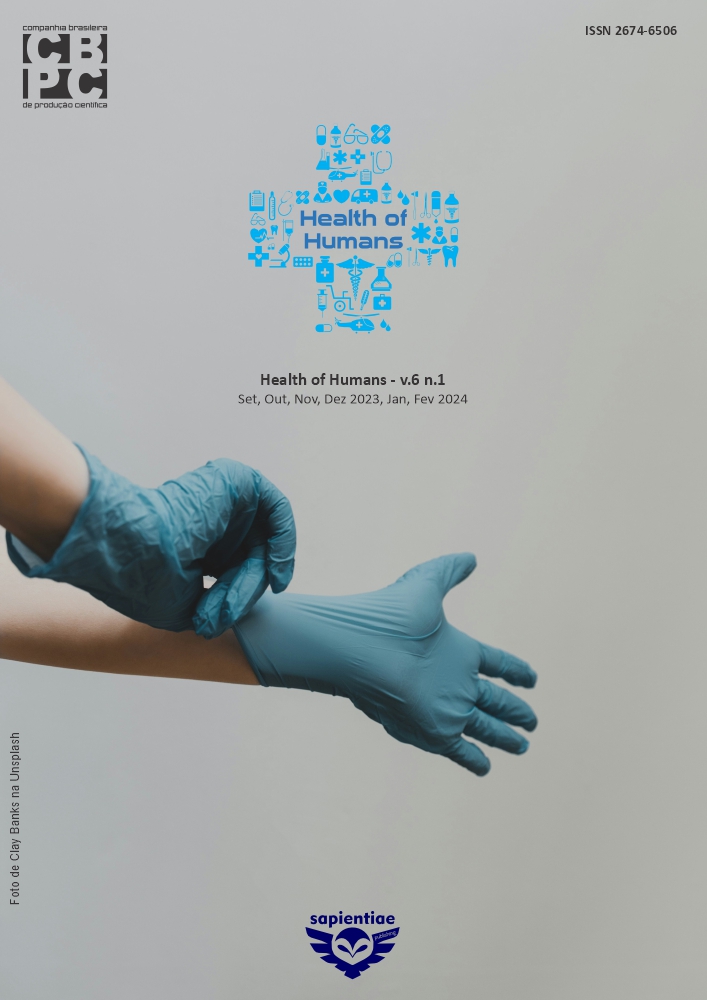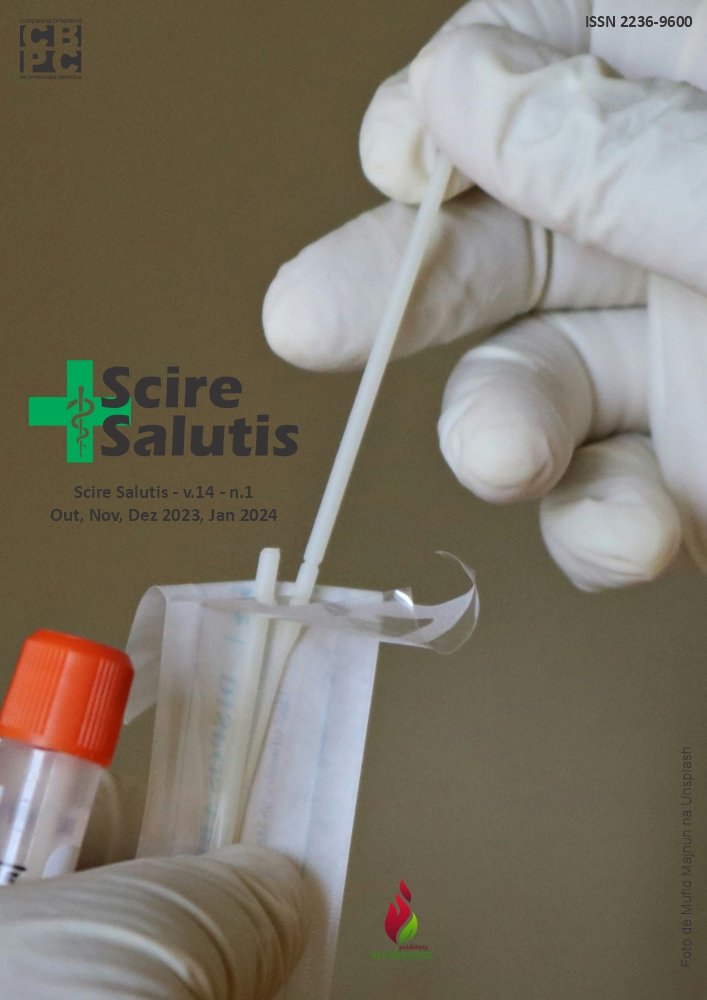Main barriers and adherence strategies regarding HIV pre-exposure prophylaxis: scope review
DOI:
https://doi.org/10.6008/CBPC2674-6484.2024.006.0003Keywords:
Pre-Exposure Prophylaxis, HIV, NursingAbstract
Pre-Exposure Prophylaxis (PrEP) against the acquired immunodeficiency virus (HIV) consists of the use of oral antiretrovirals (ARV) to reduce the risk of contracting HIV infection. PrEP is part of the debate about new possibilities for preventing HIV, generating increased optimism regarding controlling the epidemic worldwide. It is identified by the daily use of the combination of two antiretrovirals, tenofovir (TDF) associated with emtricitabine (FTC) before sexual practices, with a degree of protection of 96% (90% to > 99%) in anal intercourse, when applied by hair. least four days a week (ZUCCHI et al, 2018). The objective of this article is to carry out a theoretical study on the main barriers and strategies for adherence to the use of HIV Pre-Exposure Prophylaxis in sexually active people. In the method, a scoping review was carried out with a quantitative and qualitative approach. 12 articles were obtained using the criteria established in the standards, using the PICO strategy, with the guiding question being “What are the main barriers and adherence strategies regarding Pre-Exposure Prophylaxis (PrEP) for HIV in sexually active people?”. The scientific tools used were the Nursing Database (BDENF), Medical Literature Analysis and Retrivel System Online (MEDLINE), Latin American and Caribbean Literature in Health Sciences (LILACS) and Scientific Electronic Library (SCIELO), in Portuguese languages, English in the period of publication of articles from 2017 to 2023. In this way, it was evident that the main barriers and factors for adherence and effectiveness of PrEP are the lack of a culturally diverse and prejudice-free environment and the intensification of interventions in the community, the lack of knowledge about its true effectiveness, the absence of sufficient knowledge and access to HIV prevention technologies, stigma, gender discrimination, racism, poverty, inequality and criminalization of sex work, long distance, average logistics in withdrawing medication and resistance to prescriptions from professionals, stigma in relation to sexuality and HIV, alcoholism, side effects and long-term toxicity, and the lack of indication by health professionals regarding the use of HIV Pre-exposure Prophylaxis
Downloads
Published
Issue
Section
License
Copyright (c) 2024 Medicus

This work is licensed under a Creative Commons Attribution-NonCommercial-NoDerivatives 4.0 International License.
The CBPC - Companhia Brasileira de Produção Científica (Brazil CNPJ: 11.221.422/0001-03) the material rights of the published works. The rights relate to the publication of the work anywhere in the world, including rights to renewals, expansions and dissemination of the contribution, as well as other subsidiary rights. All electronically published works may subsequently be published in printed collections under the coordination of this company and / or its partners. The authors preserve the copyright, but are not allowed to publish the contribution in another medium, printed or digital, in Portuguese or in translation.








